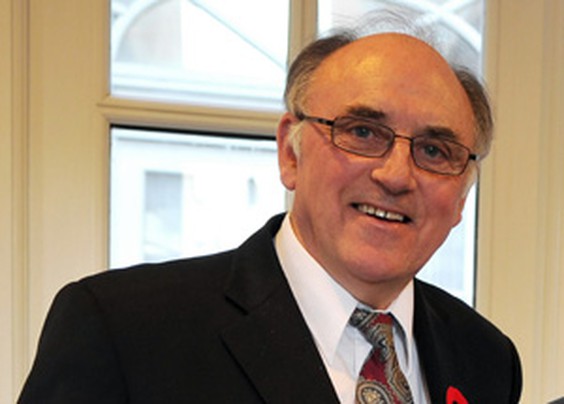Modern Canadian Constitutional Myths
by Brian Peckford
Peckford42
May 16, 2022
A. The Charter of Rights and Freedoms is Pierre Eliot Trudeau ‘s Charter
The Charter , part of the Patriation Agreement, was approved( signed) by 9 Premiers and the Prime Minister, Pierre Eliot Trudeau, on November 5, 1981. It is the authorizing document making possible The Constitution Act 1982 . It belongs to all Canadians. A unilateral action by Mr. Trudeau and his Government which included a Charter was rejected by the Supreme Court of Canada as unconstitutional in a decision on September 28 1981.
‘The court wrote: ‘We have reached the conclusion that the agreement of the provinces of Canada, no views being expressed as to its quantification, is constitutionally required for the passing of the “Proposed Resolution for a Joint Address to Her Majesty the Queen respecting the Constitution of Canada” and that the passing of this Resolution without such agreement would be unconstitutional in the conventional sense.’
B. The British Monarchy can still change our Constitution.
Accompanying the Constitution Act of 1982 is the Canada Act with the following statement :
‘No Act of the Parliament of the United Kingdom passed after the Constitution Act, 1982 comes into force shall extend to Canada as part of its law.’ In order for the U K Monarchy to exert power on Canada now one would have to see the Crown over rule the UK Parliament and violate the Constitution.
C. In 1981 The Charter of Rights and Freedoms was negotiated as a stand alone document.
In 1981 a package of proposals was negotiated which included the Charter of Rights and Freedoms. It was called the Patriation Agreement .The next year when legislated and Proclaimed it became known as the Constitution Act of 1982 containing 61 sections, 34 being The Charter of Rights and Freedoms . Other items include the Amending Formula, Aboriginal Rights, Equalization and Minority Language Rights.
D. The Bill of Rights of 1960 was sufficient . Canada did not need the Constitution Act 1982/Charter of Rights and Freedoms
The Bill of Rights of 1960 was a Federal Act covering just Federal Jurisdiction . Section 5(3) says ‘The provisions of Part I shall be construed as extending only to matters coming within the legislative authority of the Parliament of Canada.’ Furthermore, this Act could be changed any time by a majority of MP’s in the Federal Parliament.
The Constitution Act of 1982 /Charter of Rights and Freedoms is a National Document for all the nation , covering both Federal and Provincial jurisdiction. As Section 52 says : ‘The Constitution of Canada is the supreme law of Canada, and any law that is inconsistent with the provisions of the Constitution is, to the extent of the inconsistency, of no force or effect. ‘Furthermore, to change the Constitution would take the agreement of 7 Provinces and 50% of the Population.
E. Section 1 of The Charter allows The Governments’ mandates /lockdowns that have and are occurring during the so called ‘pandemic. ‘
The intent of Section 1 was for it to apply only when the country’s existence was in peril—war , insurrection. The so called ‘pandemic ‘ did not meet this threshold . The idea of impending peril to permit override is right in the Charter . In Section 4 of the Charter reference is made to ‘real or apprehended war ,invasion or insurrection ‘ to extend the Parliament beyond the mandatory five years’.
Even if Section 1 did apply the tests of ‘demonstrably justify ‘ and ‘free and democratic society’ in that Section were not met by any of the Governments in imposing their mandates/lockdowns.
F. The Charter of Rights and Freedoms is a secular document .
Part 1 of the Charter states : ‘Whereas Canada is founded upon principles that recognize the supremacy of God and the rule of law:’
In other words the Charter is to be understood in the context of these two principles, one being religious, non-secular.
Honourable A. Brian Peckford P.C.
Only Living First Minister Who Helped Craft The Constitution Act /Charter of Rights and Freedoms


